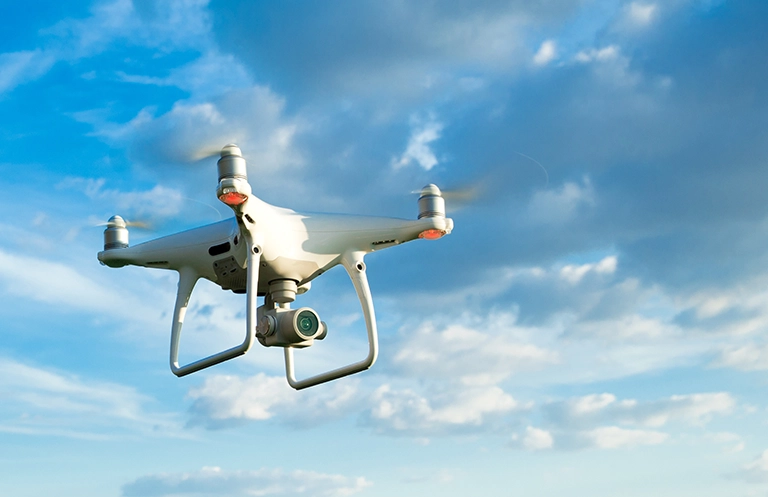Improving business outcomes with OT-IT integration
Security is the reason why IT infrastructure and OT have been separated from the rest of the utility as it plays a vital role in controlling business-critical processes and assets. However, for technological innovation, leveraging OT along with IT is essential and the security aspects that restrict the integration must be resolved. Digital twins and IIoT (Industrial Internet of Things) are emerging technology trends that do not mesh well with isolated systems.
The potential impact of a security breach in the connected systems should be taken very seriously as it can affect the business and create an emergency if people lose access to critical utilities. However, there are certain industries including healthcare and retail that have started implementing the integration between IT and OT systems to improve their processes and workflows.
What is IT-OT integration?
In IT/OT integration, the connected systems with physical sensors and software processes are intertwined with the back-end of hardware and software for processing and storing the information that can provide actionable insights. The integration enables the system to access, capture, store and process the data with each other. The primary goal of IT and OT integration is to get the maximum value out of both systems as a result of interconnection.
For example, organizations can better utilize their IT systems to streamline business processes and generate actionable insights that can empower technological innovation if they are being able to collect, manipulate and analyze data from OT systems effectively. Also, organizations can improve how OT systems manage various physical operations by implementing insights from data from IT systems.
Why IT/OT integration is important?
Leveraging IoT devices for a wide range of solutions including automation, business processes, industries and even cities and municipalities has tremendously increased. Combining OT and IT areas of the business for deploying IoT devices can help organizations provide improved user experience with improved processes and new business models. IT/OT convergence can ensure a tech-driven future for all industries having operatively connected devices.
Benefits of IT/OT convergence
IT/OT integration provides many benefits including improved processes, productivity, better business models and cost reduction.
-
Cost savings
Organizations can have lower operating costs with the integration by optimizing resource utilization, and energy and device management. More efficient systems can be implemented on top of the separate systems for procurement, legacy infrastructure management and cut costs in terms of eliminating added resources and processes.
-
Better performance
Organizations can set more meaningful and accurate KPIs and get the best out of them with IT and OT integration. Both teams can achieve common goals with KPIs that are completely focused on performances and efficiencies across the organization. With that, the entire organization can have a detailed view of how technology-led initiatives are helping them achieve common objectives.
-
Improved flexibility
Organizations can respond quickly to changes in the market with access to real-time data. They can achieve their business objectives even if the timelines change and manage the outside factors efficiently. Organizational operations can become more efficient as with integration, the workflows and processes are well managed and optimized.
-
Increase operational standards
Many organizations integrate OT and IT systems to get venerable IT processes into their operational systems. For example, to ensure that the OT devices are operating on the latest firmware, a patch management program can be incorporated. By extending existing OT systems and devices, real-time monitoring and centralized asset tracking can be enabled. Predictive maintenance tasks can be implemented by consolidating multiple functions into one monitoring system or console resulting in faster user experiences.
-
Enhanced security orchestration
Integration of IT and OT systems can help improve security and reduce vulnerability threats by constantly monitoring the system and evaluating data patterns of past events. IT and OT systems can’t have a single strategy or tool as both have different challenges and requirements for ensuring enhanced security. The integration increases OT security visibility and helps IT teams incorporate existing systems across the organization, improving overall cybersecurity strategy.
There are many benefits that organizations can get with IT/OT convergence depending on the industry and use case they are working on. While it is modernizing any OT deployment, aligning it with the current IT best practices can ensure significant long-term benefits.
eInfochips is working with the second largest retail chain in the US where we have integrated the data from a handheld barcode scanner, temp sensors and digital shelves with various IT applications on inventory management, point of sale apps, and so on. to improve both in-store operations and customer experience. For example, the handheld scanner order management app is integrated with the stock mismatch app to always keep the right stock on shelves.
We also worked on optimizing the trolley route algorithm that enables the store associate to track, route and fulfill eight orders every 30 minutes. Moreover, a video analytics app is developed as a part of a surveillance system to monitor store activities such as people counter, queue management, unauthorized premise access, rapid/suspicious movement and fire.
Bottomline
Driving the demand for connected systems, the need for OT/IT integration has increased tremendously providing efficient internal processes with greater data connectivity integrations. IT-OT convergence provides greater transparency into workflows across operations and processes that help improve overall performance at reduced cost and optimized revenue streams. While there are many benefits of IT and OT integration, organizations are still uncertain to implement OT-IT convergence. With different approaches to data management, security and system availability, it becomes difficult to ensure cohesive collaboration.













